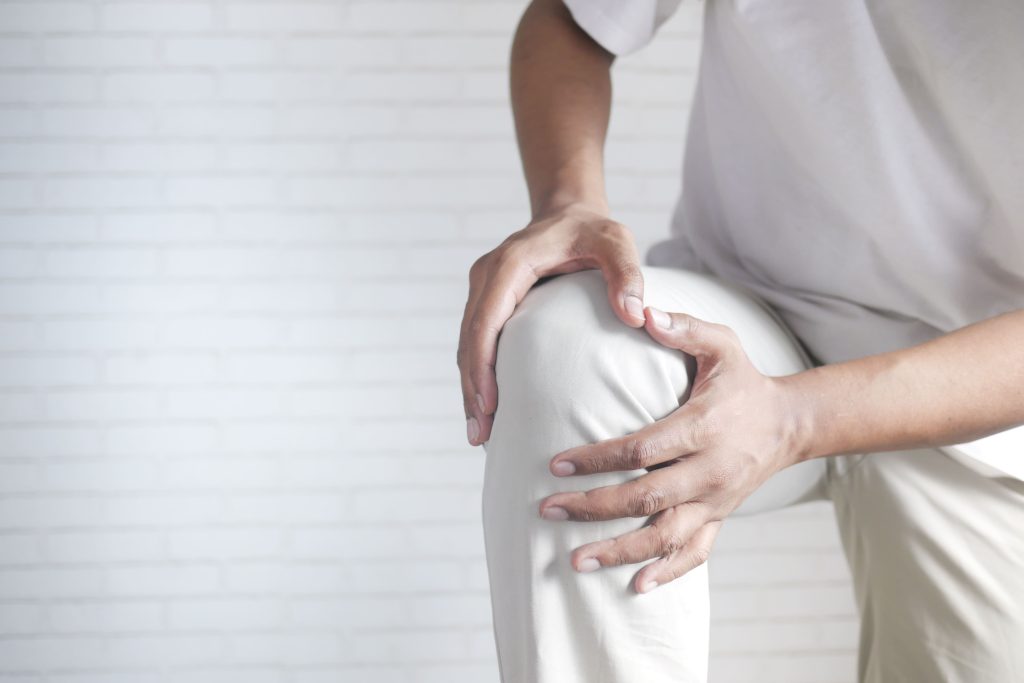Causes of Knee Pain When Bending
Knee pain is a common issue that affects people of all ages and lifestyles. Whether you’re an active athlete or spend most of your day at a desk, knee pain can greatly impact your quality of life. In this blog article, we will explore the various causes of knee pain when bending and provide you with insights on how to manage and alleviate the discomfort.
Common Causes of Knee Pain When Bending
Knee pain when bending can have several underlying causes. Understanding these causes is important for effective treatment and pain management. Some of the most common causes include:
Osteoarthritis
Osteoarthritis is a degenerative joint disease that affects millions of people worldwide. It occurs when the protective cartilage in your knee gradually wears down over time. When this cartilage becomes damaged or erodes completely, the bones in your knee can rub against each other, causing pain and discomfort, especially when bending. Osteoarthritis is more common in older adults, but it can also affect younger people who have experienced knee injuries or have a family history of the condition.
Patellofemoral Pain Syndrome
Patellofemoral pain syndrome, also known as runner’s knee, is another common cause of knee pain when bending. This condition occurs when the cartilage on the underside of the kneecap becomes irritated or damaged. It is often caused by overuse, improper alignment of the kneecap, or muscle imbalances in the thigh. People with patellofemoral pain syndrome may experience a dull, aching pain in the front of the knee, especially when bending or squatting.
Meniscus Tears
The meniscus is a C-shaped piece of cartilage that acts as a cushion between the thighbone and shinbone. When this cartilage tears, it can cause severe knee pain, particularly when bending or twisting. Meniscus tears are often the result of sudden, forceful movements or degenerative changes associated with ageing. Athletes who participate in sports that involve pivoting or twisting motions are particularly susceptible to meniscus tears.
Ligament Injuries
The knee is held together by several ligaments, including the anterior cruciate ligament (ACL), posterior cruciate ligament (PCL), medial collateral ligament (MCL), and lateral collateral ligament (LCL). These ligaments provide stability and support to the knee joint. When any of these ligaments become sprained or torn, it can lead to knee pain and instability, especially when bending. Ligament injuries are common among athletes and people who engage in activities that involve sudden stops, changes in direction, or direct impact on the knee.
Treatment Options for Knee Pain When Bending
The treatment for knee pain when bending depends on the underlying cause. Here are some common treatment options that a knee specialist may recommend:
- Physical therapy: Physical therapy is often prescribed to strengthen the muscles around the knee, improve flexibility, and restore normal movement patterns. A skilled physical therapist can guide you through exercises that specifically target the muscles and ligaments affected by your knee pain.
- Medications: Over-the-counter pain relievers can help alleviate pain and reduce inflammation. In some cases, your doctor may prescribe stronger pain medications or corticosteroid injections to provide temporary relief.
- Bracing or supportive devices: Depending on the cause of your knee pain, the knee specialist may recommend using braces, knee sleeves, or orthotic devices to provide support and stability to the knee joint during movement.
- Surgery: In severe cases where conservative treatments have failed, surgery may be necessary to repair damaged cartilage, ligaments, or tendons. Surgical procedures range from arthroscopic techniques to partial or total knee replacements, depending on the extent of the damage.
Preventing Knee Pain When Bending
Prevention is always better than treatment when it comes to knee pain. Here are some measures you can take to reduce the risk of developing knee pain when bending:
- Maintain a healthy weight: Excess weight puts additional stress on your knees, increasing the risk of developing knee pain. Maintaining a healthy weight through regular exercise and a balanced diet can help reduce this risk.
- Exercise wisely: Engage in low-impact exercises that strengthen the muscles around your knees without putting excessive strain on the joint. Swimming, cycling, and using an elliptical machine are excellent options.
- Warm-up and stretch: Prior to engaging in physical activities or exercises, warm up your muscles with gentle movements and stretch to improve flexibility and reduce the risk of injury.
- Wear proper footwear: Choose footwear that provides adequate support and cushioning for your feet and knees. Avoid high heels and shoes that do not offer stability.
When to See a Knee Specialist for Knee Pain
While some cases of knee pain can be managed with home remedies and rest, there are situations where seeking medical attention is necessary. You should consult a knee specialist if:
- Your knee pain persists for more than a few days or worsens over time.
- You experience severe pain, swelling, or redness in your knee.
- Your knee gives out or feels unstable when you try to bend or bear weight on it.
- You have a fever accompanied by knee pain.
Conclusion
Knee pain when bending can significantly impact your daily activities and quality of life. Understanding the common causes of knee pain and implementing appropriate treatments can help you find relief and regain mobility. Remember to consult with a knee specialist for an accurate diagnosis and personalised treatment plan. You should take proactive steps to protect your knees and keep them healthy for years to come.




